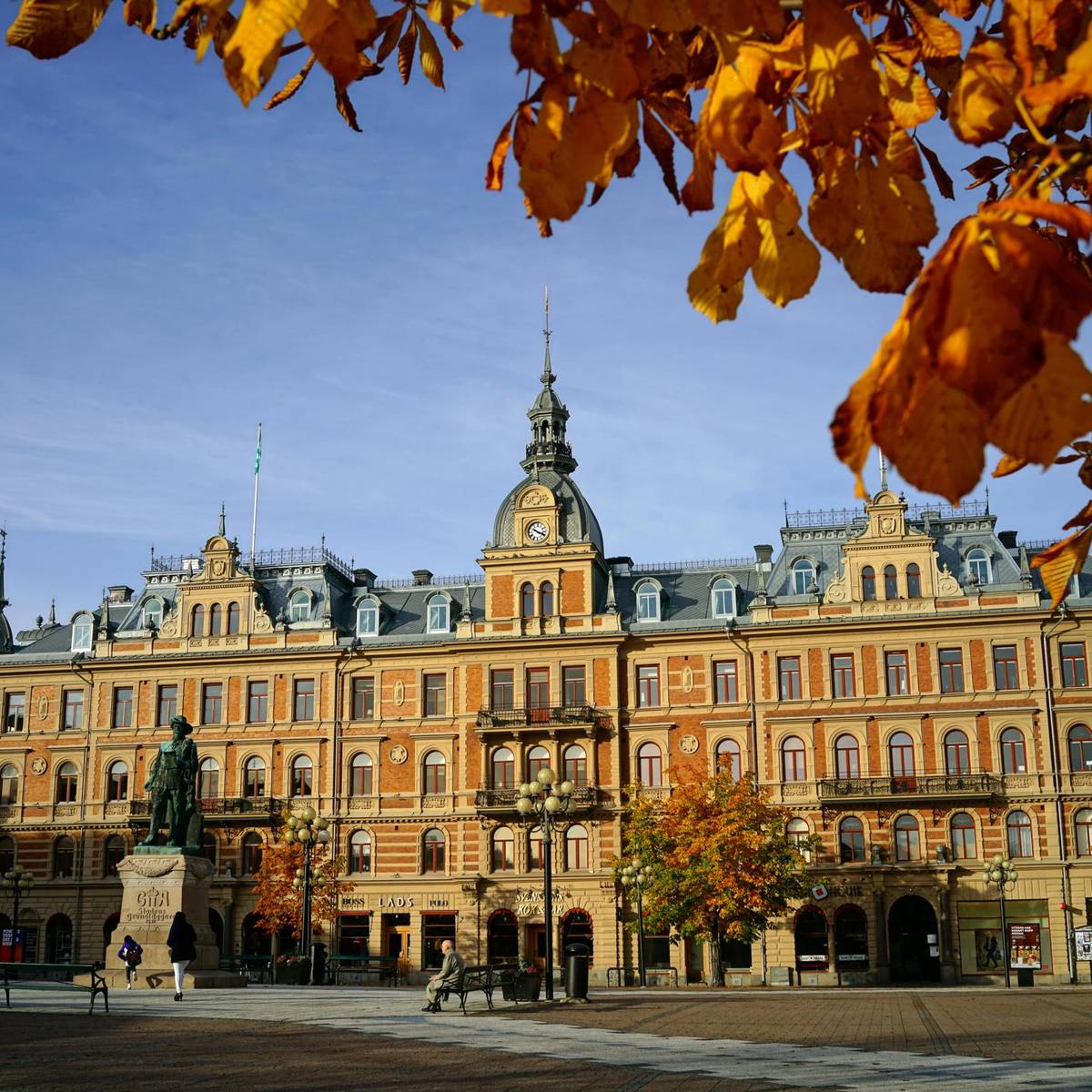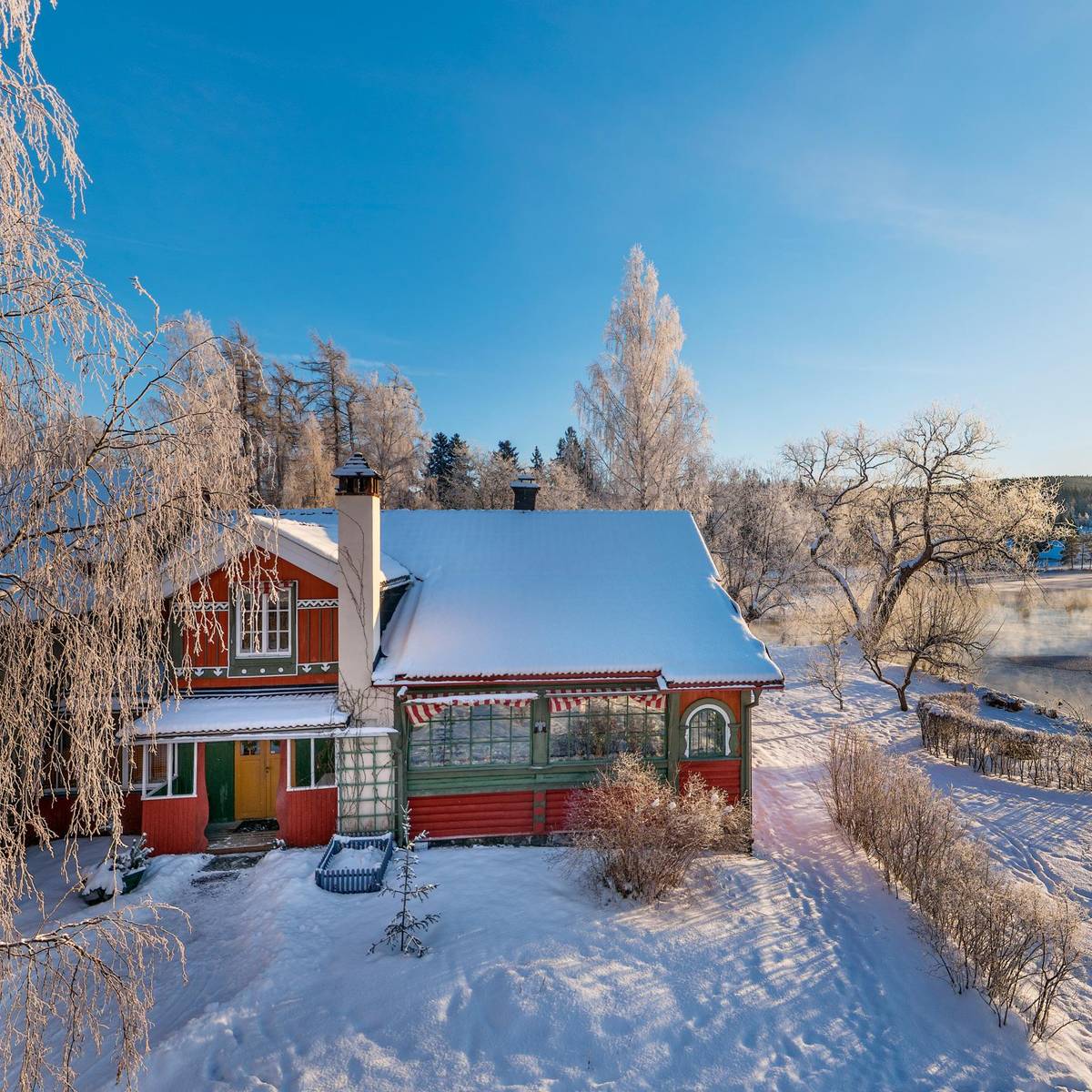Malmö
Turning Torso
Towering 190 metres, Malmö’s eye-catching Turning Torso is one of the tallest buildings in Scandinavia. Designed in neo-futurist style by Spanish architect Santiago Calatrava, this 54-floor skyscraper features over 2,300 windows. It’s powered exclusively by locally produced renewable energy and houses both apartments and offices. Thanks to its central Västra Hamnen (Western Harbour) location, this striking piece of architecture is now a well-recognised landmark for the city of Malmö.
Malmö City Library
The historic Malmö City Library ('Malmö Stadsbibliotek'), located next to Malmö Palace and its elegant gardens, was given a modernist makeover in 1997 courtesy of Danish architect Henning Larsen. The glass-walled structure – suitably called “Calendar of Light” – offers fine views over the surrounding parkland.
World Maritime University
The World Maritime University moved into a new home in 2015, and a distinctive one at that. Conceived by architecture practices Terroir and Kim Utzon Arkitekter, the building is defined by its shard-like facade, made from aluminium and glass. This must-see example of Swedish architecture is located a few minutes’ walk from Malmö Central Station.
Gamla Väster
The historic city district of ‘Gamla Väster’ is awash with fascinating buildings – from the 16th century palace, Kockska Huset and the equally elegant Faxerska Huset, built in the 1760s, to the distinctive Jugendhuset of 1895 – Malmö’s first Art Noveau-inspired building. A good starting point is the centrally located Stortorget square.
Triangeln
Bearing more than a passing resemblance to a spacecraft – or luminous whale – the underground railway station Triangeln is a piece of modern architecture that combines form and function. Designed by Sweco Architects and KHR Arkitekter, this busy commuter hub has two cave-shaped entrances at street level constructed entirely with a glazing system that enables light to flood the platforms 25 metres below ground.























